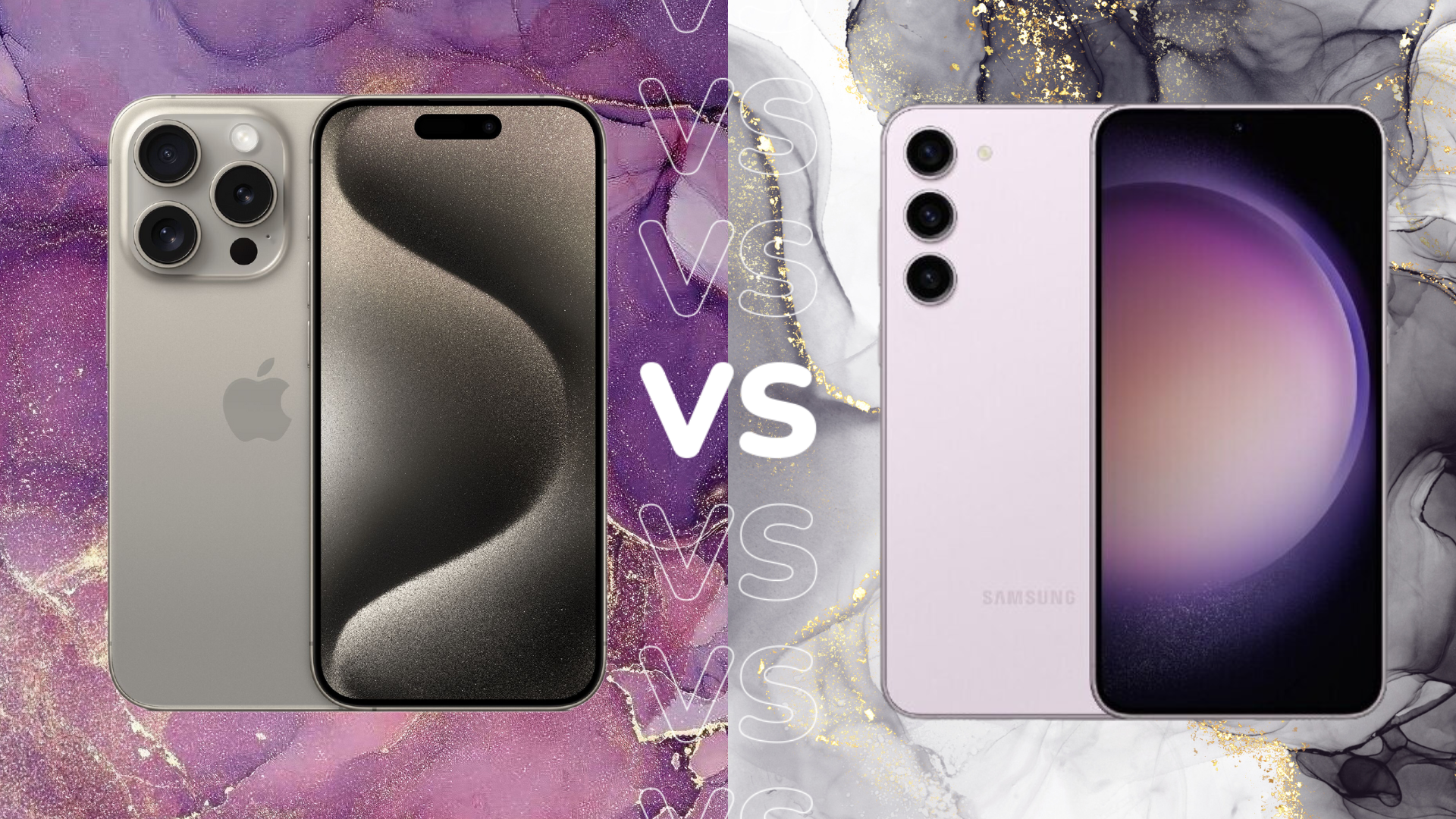iPhone 15 Pro vs iPhone 13 Pro: Should you upgrade?
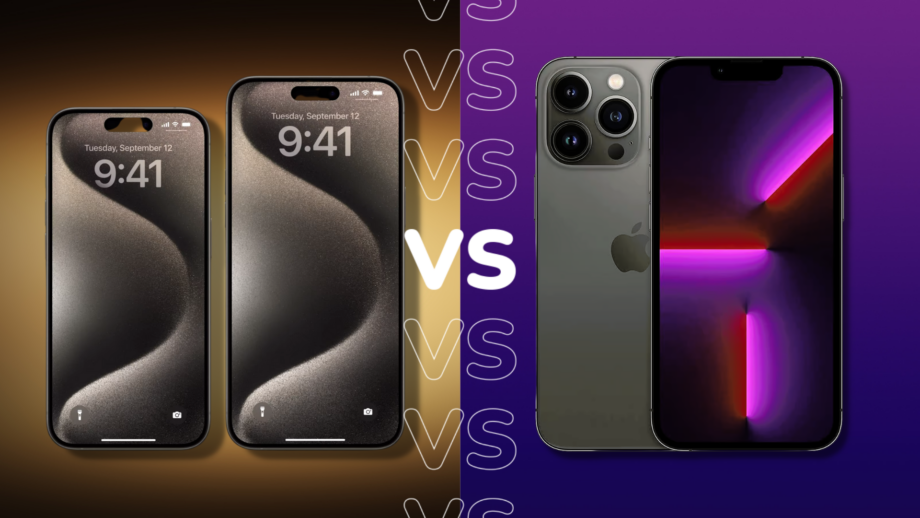
It’s been more than six months since Apple unveiled its latest flagship iPhone, the iPhone 15 Pro.
Here’s how the iPhone 15 Pro compares to 2022’s iPhone 13 Pro now that we’ve gotten the chance to spend more time with the newest model and share our thoughts in our review.
Design
When it comes to their designs, the two phones share similar looks. However, you can expect the iPhone 15 Pro to feel a bit lighter and more comfortable in the hand thanks to its brushed titanium chassis and new contoured edges.
Both phones feature matte glass rears and come in a range of eye-catching colours, including Natural Titanium, Blue Titanium, White Titanium and Black Titanium on the iPhone 15 Pro, and Alpine Green, Silver, Gold, Graphite and Sierra Blue on the iPhone 13 Pro.
Both iPhones are also water and dust-resistant up to IP68.
Finally, there’s the Ring/Silent switch which has been swapped out for a customisable Action button on the iPhone 15 Pro.
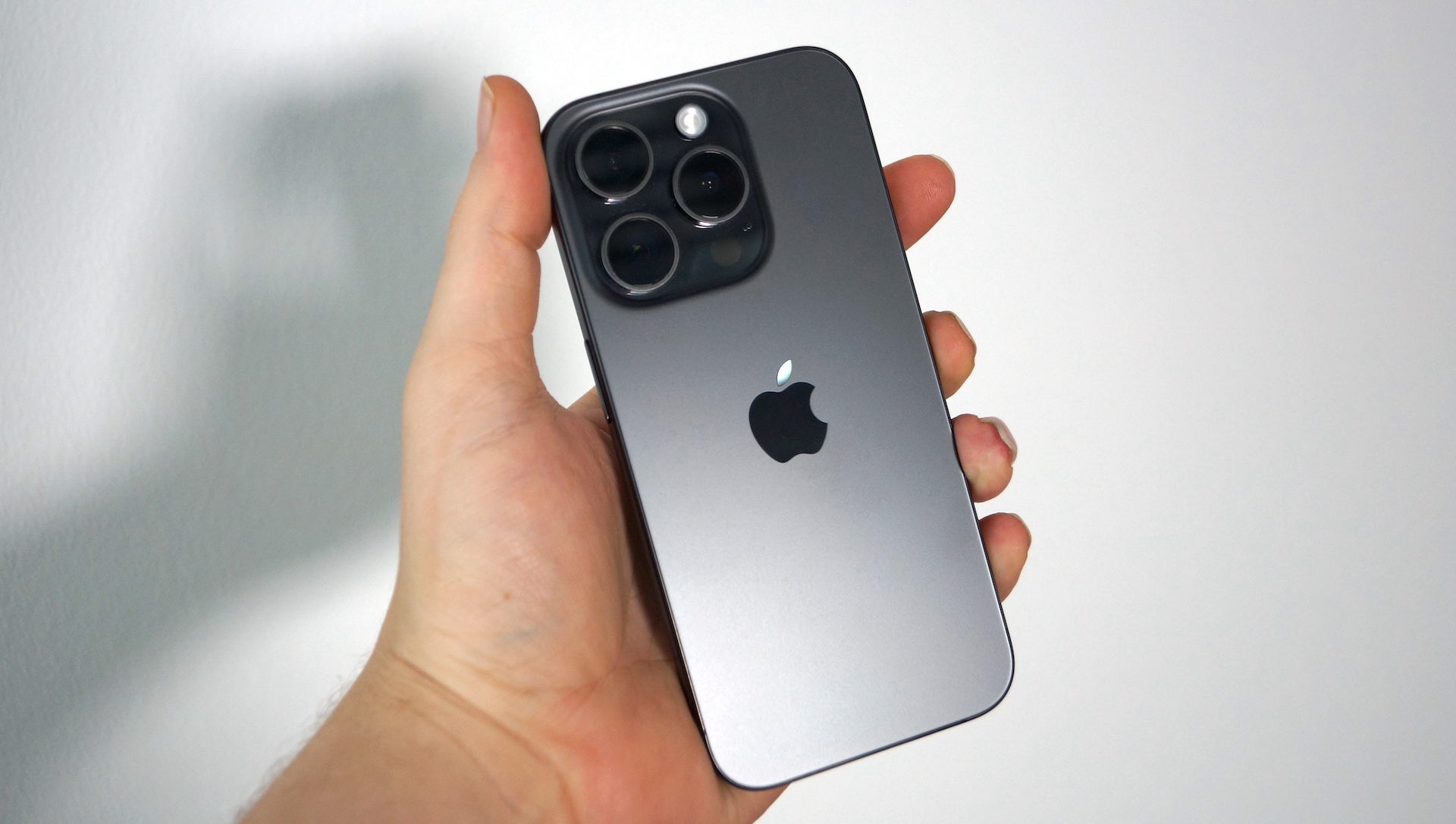
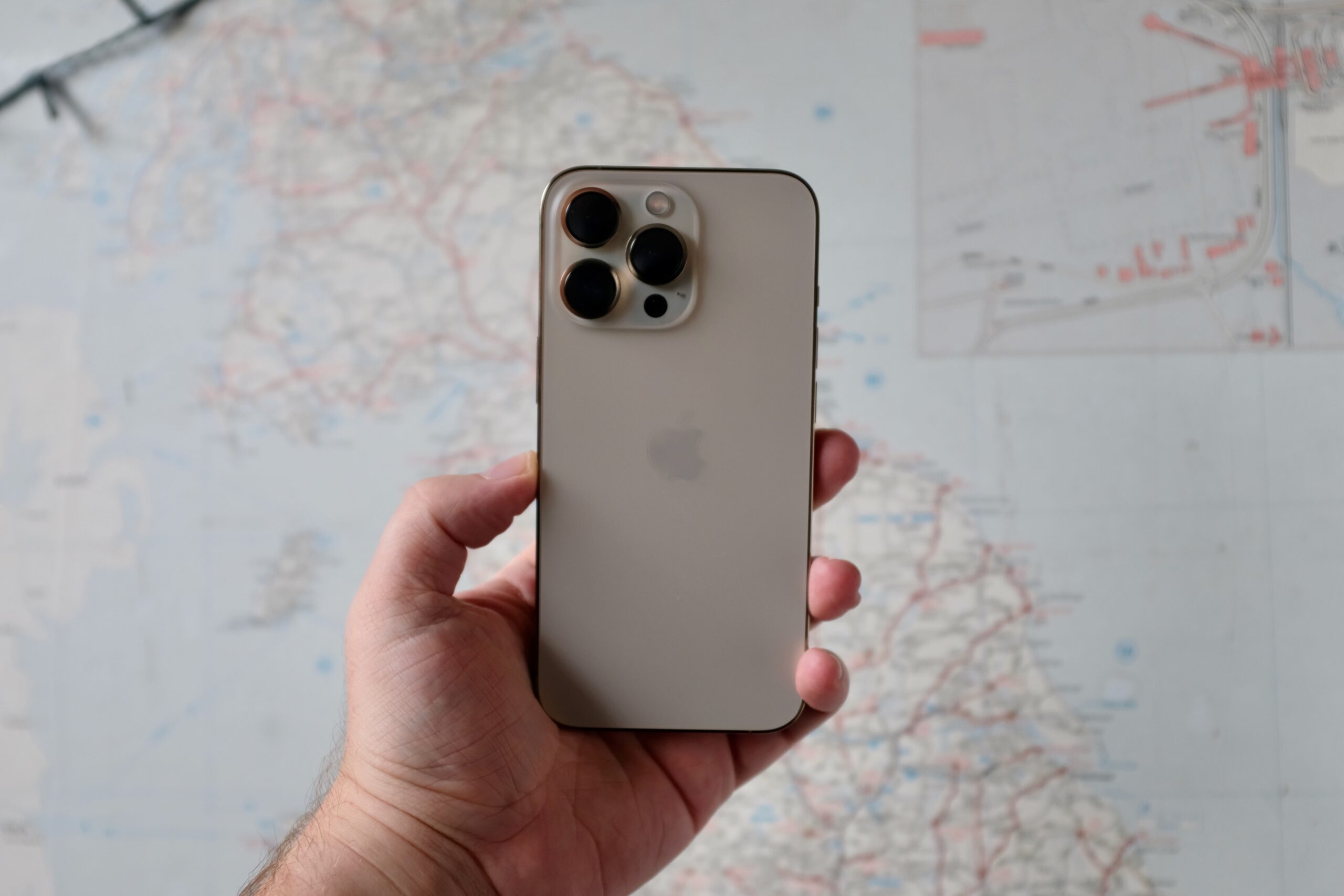
Display
The Apple iPhone 15 Pro and the iPhone 13 Pro share the same 6.1-inch Super Retina XDR OLED displays with 120Hz ProMotion refresh rates for smooth scrolling.
Both smartphones also deliver the same 1000 nits of max brightness. However, the iPhone 15 Pro pushes that figure to 1600 nits with HDR or 2000 nits outdoors. The iPhone 13 Pro, meanwhile, is capable of delivering 1200 nits of peak brightness with HDR.
Other advanced features available on the iPhone 15 Pro include an always-on display and the Dynamic Island, a notch alternative that was introduced alongside the iPhone 14 Pro in 2023.
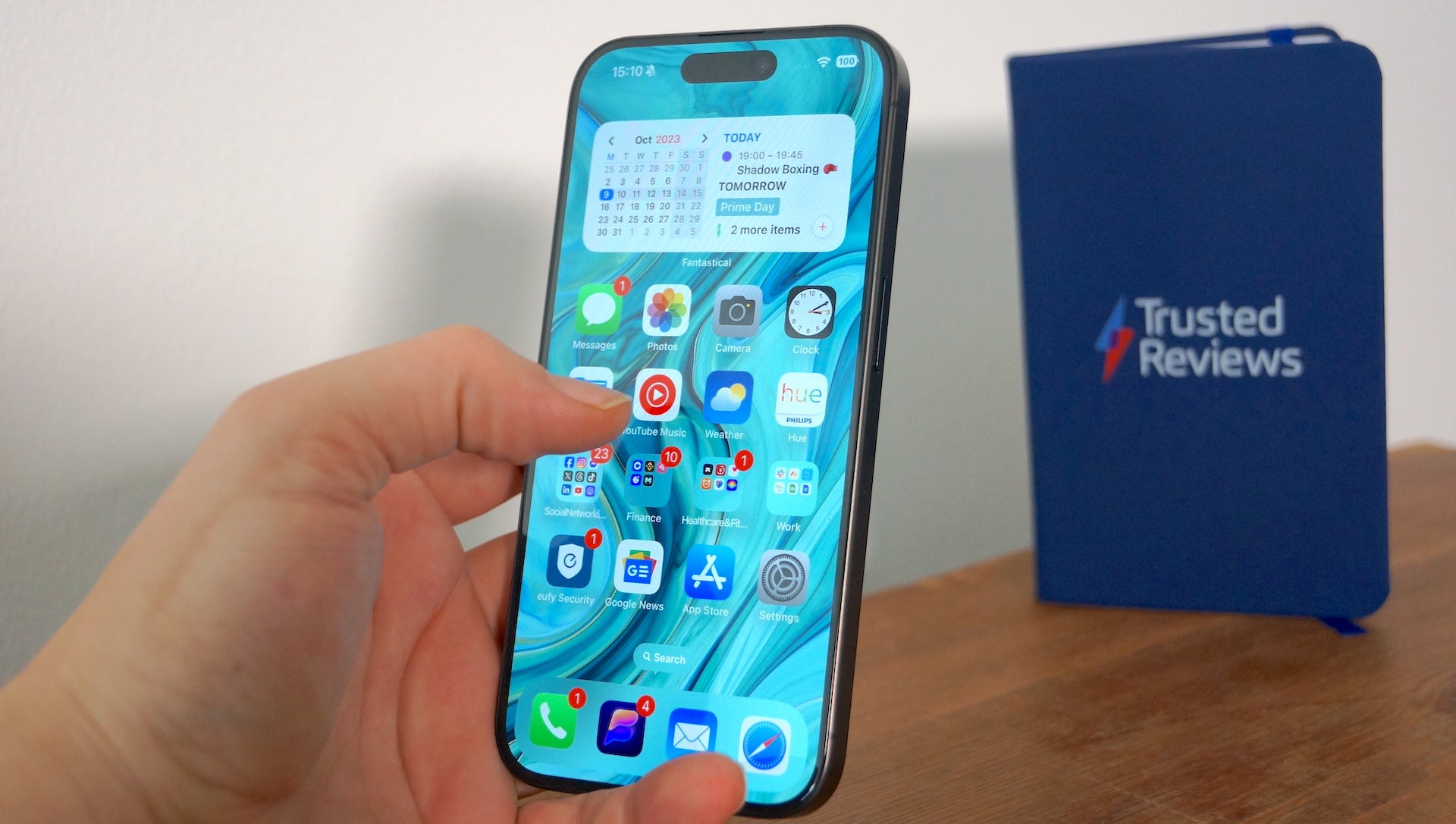
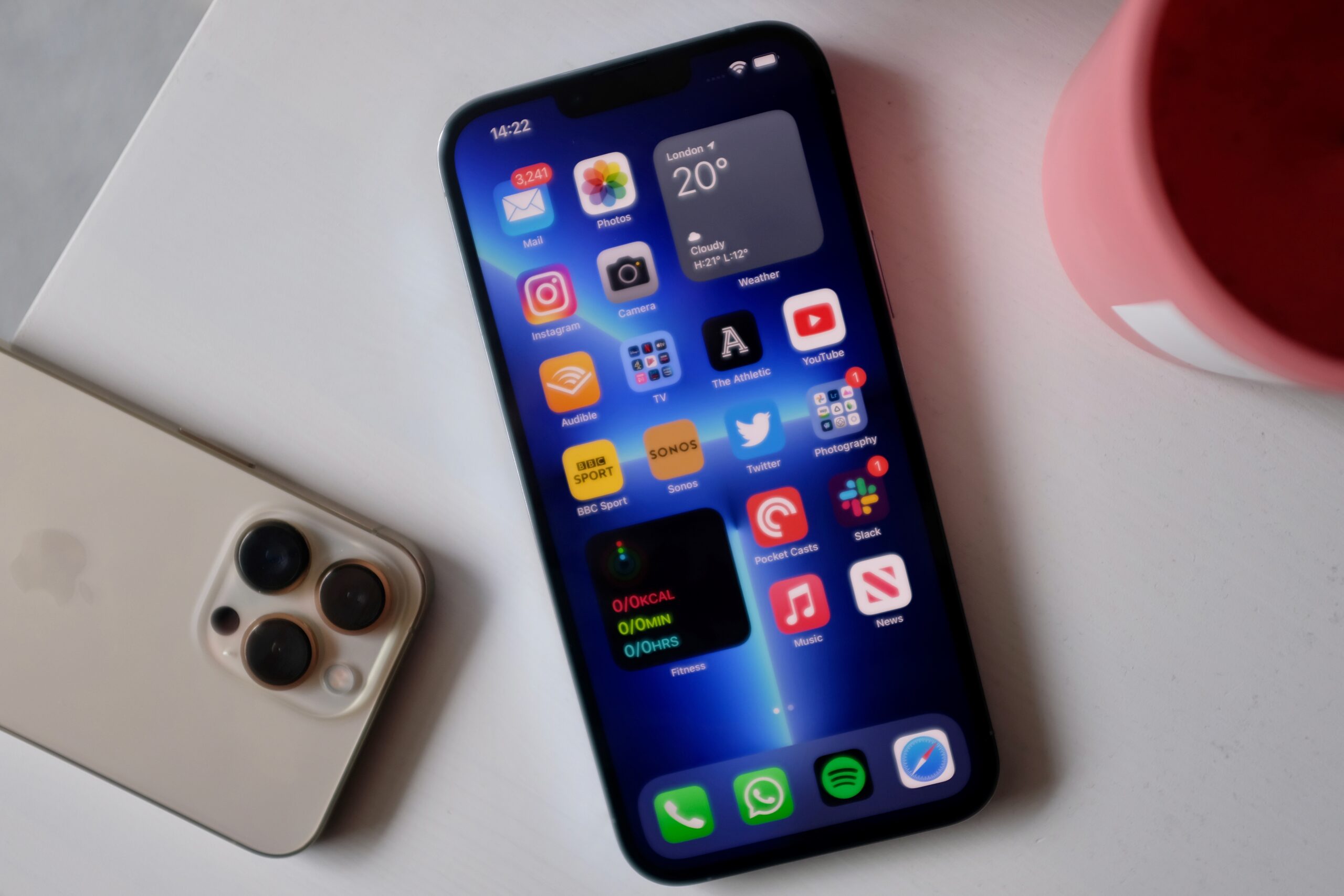
Camera
One of the clearest differences between the two iPhones lies in the camera.
While both the iPhone 15 Pro and the iPhone 13 Pro take advantage of triple camera arrays consisting of wide angle main sensors and 12-megapixel ultra-wide and telephoto lenses, only the iPhone 15 Pro features a wide angle camera with an upped megapixel count of 48 megapixels. This makes it possible to capture “super-high-resolution” images with the latest iPhone.
The iPhone 15 Pro also takes advantage of Apple’s Photonic Engine, while both phones include 12-megapixel front cameras and support 4K video capture at up to 60fps.
That said, the iPhone 15 Pro is again one step ahead in terms of video with its newly added Action mode, Log video recording and support for the Academy Color Encoding System.








We found photos snapped with the iPhone 13 Pro to be stunning with a fantastic level of detail and a good amount of natural depth. The camera also does a wonderful job of levelling out dynamic range and colours in trickier situations while keeping everything looking realistic. The night mode does a great job of capturing detail and natural colours, though the zoom isn’t comparable to the periscope setup on some rival phones.
The iPhone 15 Pro, meanwhile, is capable of capturing vibrant, detailed shots in well-lit locations and offers some of the best natural bokeh in close-up images. The low-light performance remains fantastic in terms of colour accuracy and detail, while the telephoto performance is still ideal for portrait photography but falls short in reach. For this, you’re better off opting for the 5x zoom on the iPhone 15 Pro Max.









Performance
No doubt the biggest upgrade here is the performance of the iPhone 15 Pro.
The latest iPhone is significantly more powerful than its predecessors thanks to the introduction of the A17 Pro, the first in Apple’s Pro line of mobile chipsets. The smartphone also takes advantage of an increased 8GB of RAM. The chipset scored 2855 in our Geekbench 6 single-core test and 7149 in the multi-core test.
The iPhone 13 Pro is powered by the still impressive A15 Bionic chipset and 6GB of RAM, while both phones can be configured with up to 1TB of storage, giving you plenty of room to save all of your photos, messages, apps and downloads.
It’s difficult to directly compare the performance between the two phones as the iPhone 13 Pro was benchmarked using the older Geekbench 5. However, the smartphone did score a single-core result of 1734 and a multi-core result of 4388.
Both iPhones also include Apple’s Emergency SOS feature, while the iPhone 15 Pro offers two additional safety features – Emergency SOS via satellite and Crash Detection for cars.
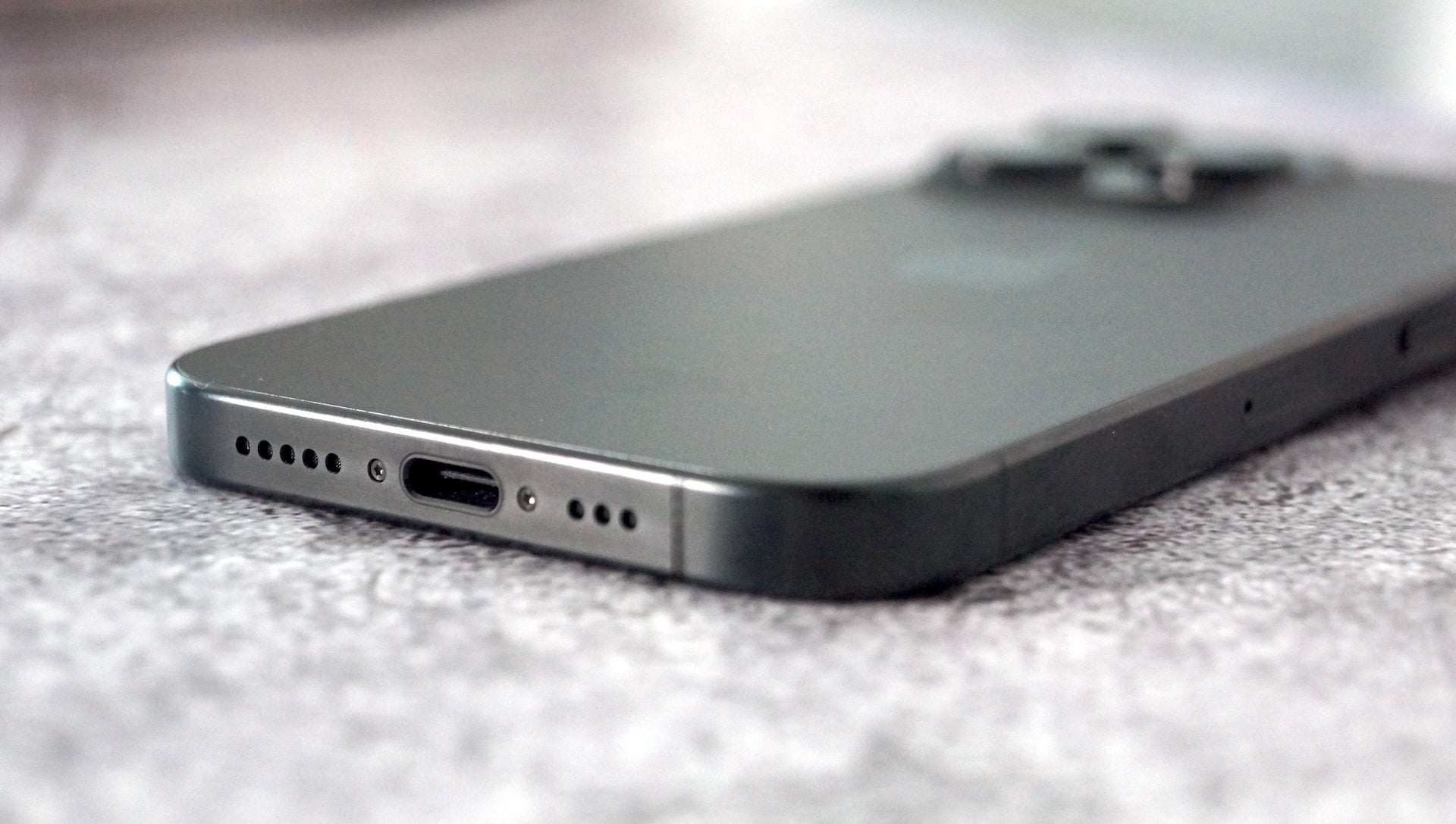
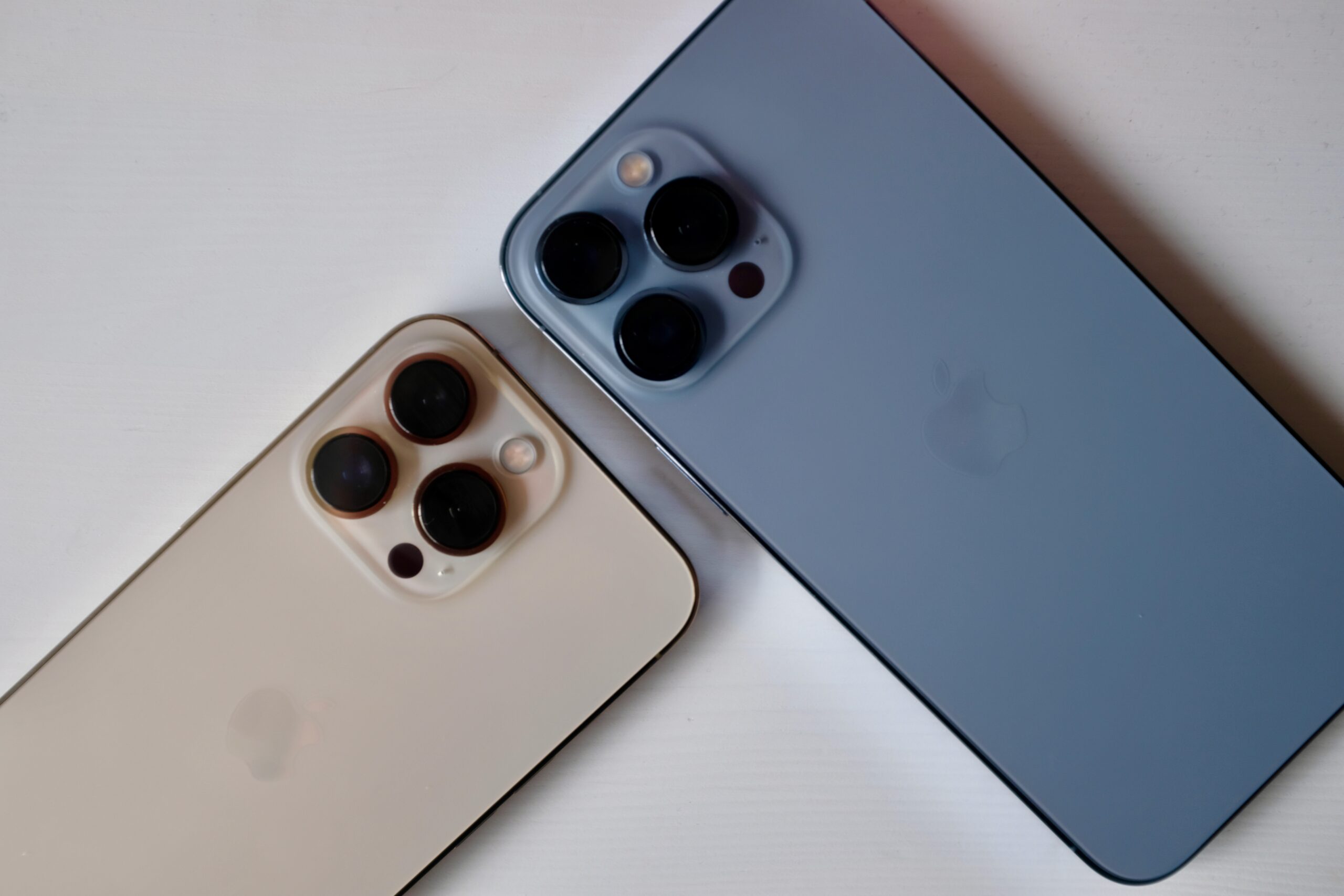
Battery life
There isn’t much between the two iPhones when it comes to battery life. The bigger difference lies in the port used to charge up the phones.
The iPhone 15 Pro offers up to 23 hours of video playback compared to the 22 hours provided by the iPhone 13 Pro.
The iPhone 15 Pro now supports USB-C charging, opting for the more common port over Apple’s own Lightning port. Not only is this solution more convenient as it allows you to use the same cable to charge more devices, but USB-C also supports up to 20x faster data transfers.
Despite the update, the 20W fast charging speed remains the same, allowing users to reach 50% battery in 30 minutes. Both phones also support Apple MagSafe and Qi wireless charging, with the iPhone 15 Pro also extending its support to Qi2.
Verdict
While these two iPhones may appear the same on the surface, quite a bit has changed in two years. The iPhone 15 Pro has a more lightweight build, a brighter always-on screen, a larger 48-megapixel camera, USB-C support and, of course, a significantly faster chipset.
That said, the iPhone 13 Pro remains a solid phone with many similar features and support for Apple’s iOS interface. You’re also more likely to bag the iPhone 13 Pro at a lower price now that more than two years have passed since its launch.





